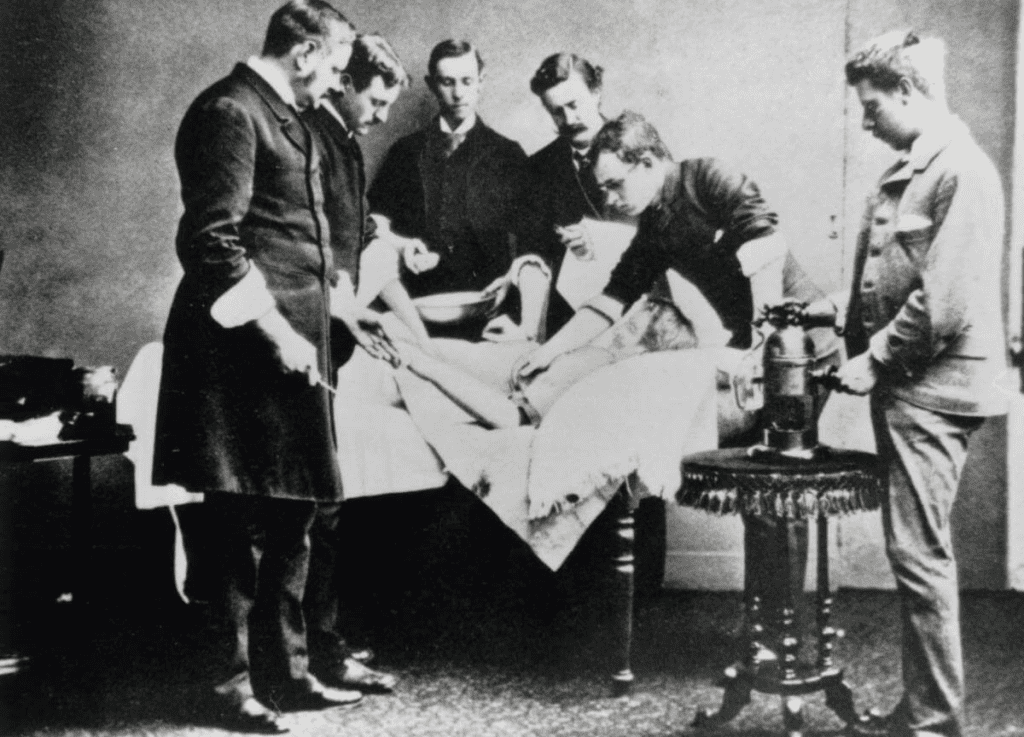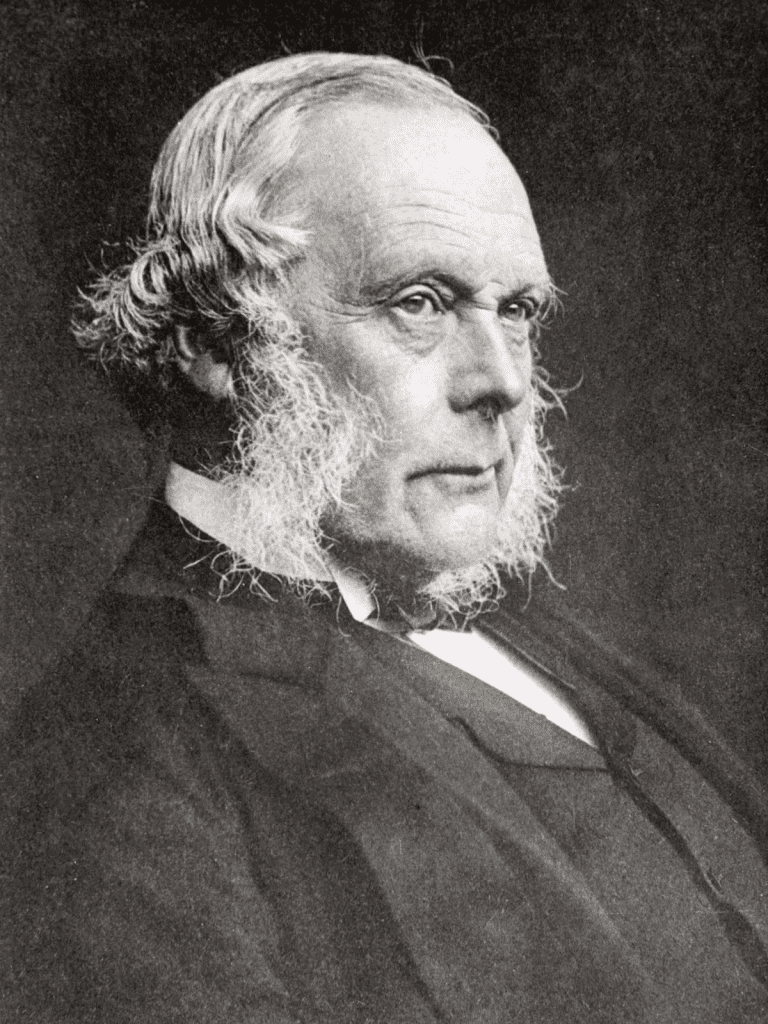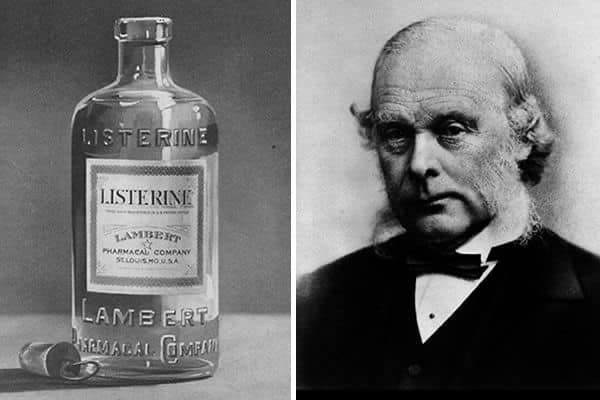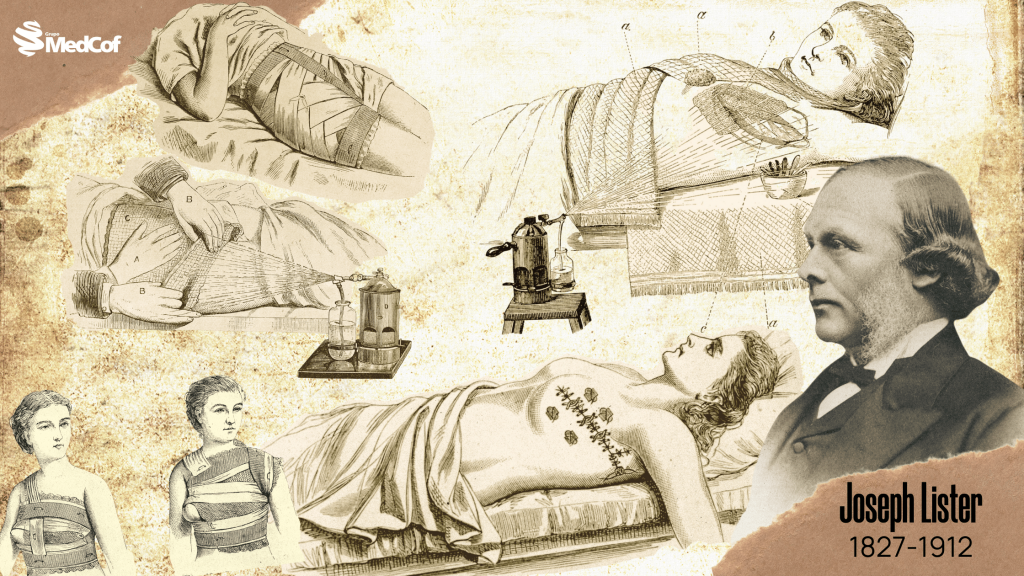In the mid-19th century, surgery was often a gamble. Not because surgeons didn’t know how to cut, but because they didn’t understand how to keep wounds clean. The operating room, even in top hospitals, was a place of horror blood-soaked aprons, unwashed instruments, and infections that killed more patients than the procedures themselves.
Then came Joseph Lister.
In the 1860s, this quiet, observant British surgeon made a bold decision that would change medicine forever. By introducing the use of carbolic acid to sterilize surgical instruments and clean operating rooms, Lister didn’t just improve surgery he made it survivable.

A Time of Pain and Peril
Before Lister’s time, even routine surgeries had staggering death rates. The problem wasn’t the surgery itself it was what happened afterward. Patients would develop severe infections like gangrene or sepsis, conditions that modern medicine now knows are caused by bacteria entering the body through open wounds.

But in those days, doctors didn’t yet understand germs. The prevailing belief was that infections were caused by bad air “miasmas” rather than microscopic invaders.
Surgeons didn’t wash their hands. Tools were reused without cleaning. And hospitals, packed with the sick and wounded, became breeding grounds for deadly bacteria.
Video:
Joseph Lister: Surgery Transformed
The Germ Theory Sparks a New Idea
Joseph Lister was inspired by the groundbreaking work of Louis Pasteur, who had recently developed the germ theory of disease. Pasteur showed that microorganisms were responsible for fermentation and spoilage—and possibly disease. Lister took that idea and ran with it.
If invisible germs were causing illness, he reasoned, then killing those germs might prevent post-surgical infections.
That simple logic became the foundation for a radical new approach to surgery.

The Power of Carbolic Acid
In 1865, Lister began using carbolic acid (also known as phenol) to sterilize his instruments, dress wounds, and even spray the air in his operating room. It was harsh carbolic acid could irritate skin and lungs but it worked.
The difference was immediate and astonishing. Infections dropped dramatically. Patients who would have died just months earlier began recovering. Amputations no longer guaranteed death by sepsis.
Video:
Joseph Lister: The Father of Modern Surgery | Heroes of Progress | Ep. 12
Lister’s success quickly spread. Skeptical at first, surgeons across Europe and North America began adopting his techniques. Within a few decades, sterile surgery became the new standard.
Changing Medical Culture Forever
Lister didn’t just introduce a new method he sparked a cultural shift in medicine. His work marked the beginning of antiseptic (and later aseptic) surgical practice. Hospitals became cleaner. Doctors and nurses began washing their hands, sterilizing tools, and using gloves.
Thanks to Lister, the surgical suite transformed from a dangerous last resort into a place of healing.
Today, every scrubbed surgical room, every sterile tool, and every sanitized hand is a tribute to his legacy.

A Legacy That Still Saves Lives
It’s hard to overstate the impact of Joseph Lister’s work. His antiseptic techniques laid the groundwork for modern surgery, emergency medicine, and even our understanding of infection control during pandemics.
He was knighted for his achievements, and his name lives on not just in textbooks, but in the lives of millions who’ve survived surgery because of practices he pioneered.
From the shadowed corners of 1860s hospitals to the gleaming operating rooms of today, the echoes of Joseph Lister’s discovery remind us that even the smallest shift in understanding can change the world.


